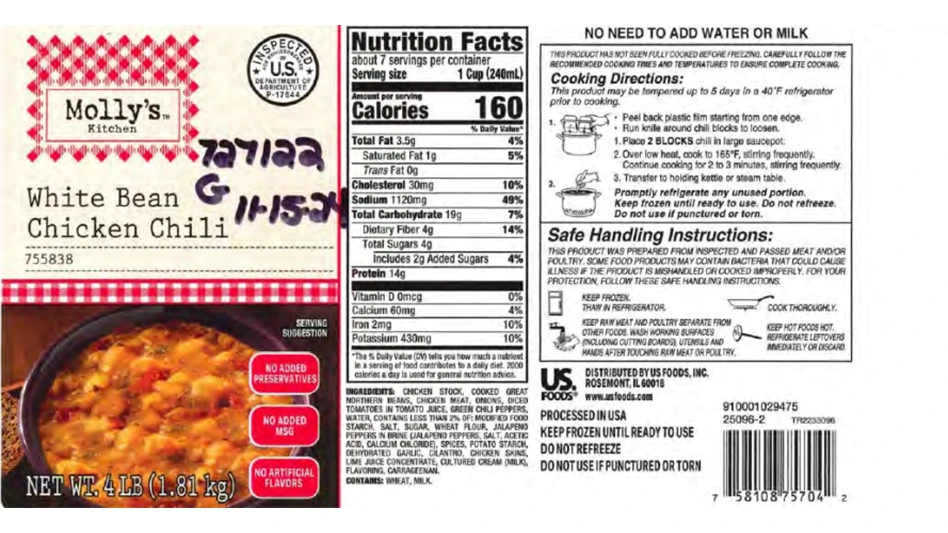Letter to the Editor
I was just thumbing through the latest issue of QA magazine and noted the article regarding Turtle Mountain’s production practices, particularly as it relates to QA and allergens.
However, there is an important inconsistency in the article. The article states in several places that Turtle Mountain is a non-dairy facility. However, there is also an insert of Fast Facts that is not factual. If the facility is non-dairy it can not make ice cream or ice cream bars. These products have a standard of identity and must contain minimum amounts of dairy skim and fat solids.
The products produced by Turtle Mountain can certainly be called frozen desserts, frozen dessert bars, or other fanciful names but not ice cream. It is similar to incorrectly calling soy beverages soy milk.
Thank you.
Tim Galloway
Galloway Company
www.gallowaycompany.com
From the Editor
Dear Mr. Galloway,
Thank you for providing feedback on the QA article (Turtle Mountain Production Practices, January/February 2011). As you noted, the USDA Standard for Ice Cream (§ 58.2825) states:
“(a) Ice cream shall contain at least 1.6 pounds of total solids to the gallon, weigh not less than 4.5 pounds to the gallon, and contain not less than 20 percent total milk solids, constituted of not less than 10 percent milkfat. In no case shall the content of milk solids not fat be less than 6 percent. Whey shall not, by weight, be more than 25 percent of the milk solids not fat.”
As such, we referred your question to Turtle Mountain Quality Assurance Manager Mark Clute, who responded:
“While Mr. Galloway is technically correct, our products are not ‘Ice Cream’ by standard of identity, they are labeled and marketed as non-dairy frozen desserts. Discerning consumers know that our products are of equal or better quality than most traditional ice creams, use them as a direct replacement for ice cream due to their non-allergen base and call them ‘ice cream’ when they request them at their local market. “
We appreciate your readership and your taking the time to pass along this correction and ensure we provide the best possible information to our readers.

Explore the April 2011 Issue
Check out more from this issue and find your next story to read.
Latest from Quality Assurance & Food Safety
- Boston Sword & Tuna Protects Seafood Safety with Mettler-Toledo Metal Detectors
- IFT Releases New Resources to Aid Food and Beverage Industry in Sugar Reduction
- Yum! Brands CEO David Gibbs to Retire in 2026
- Penn State Extension Offers Short Course on Food Microbiology and Safety for Food Plant Workers
- Johnsonville Recalls Cheddar Bratwurst Due to Possible Plastic Contamination
- Cabot Creamery Butter Recalled Due to Possible Fecal Contamination
- USDA Delays Salmonella Testing Program for Breaded Stuffed Chicken
- FDA Extends Comment Period on Poppy Seeds to June 16





